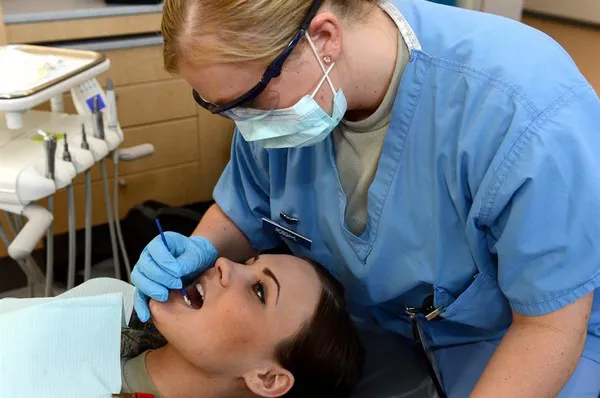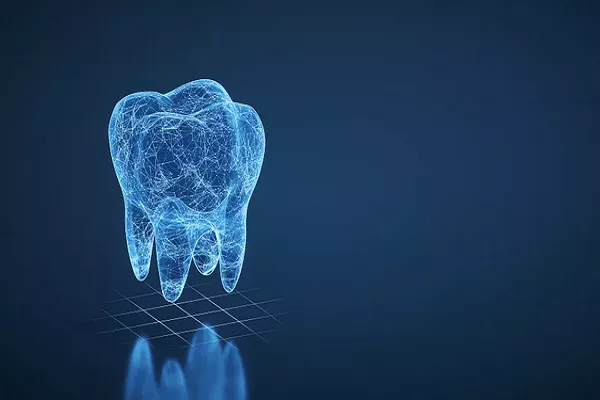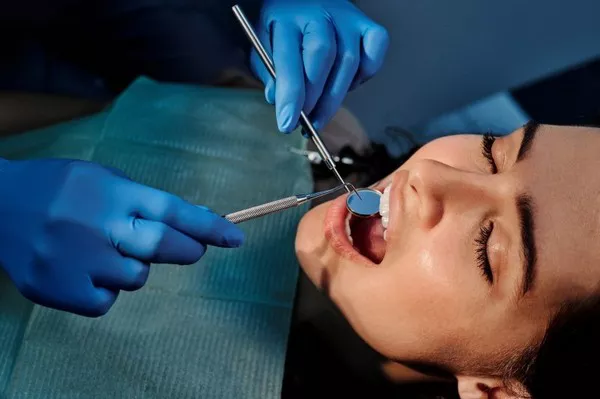Periodontitis is a serious dental condition that affects millions of people worldwide. It is a progressive disease that can lead to tooth loss and other complications if left untreated. In this guide, we will explore what periodontitis is, its causes, symptoms, and most importantly, how to stop it.
What is Periodontitis?
Periodontitis is a type of gum disease that occurs when the tissues surrounding your teeth become infected and inflamed. It is caused by bacteria in plaque, which is a sticky film of bacteria that forms on teeth. When plaque is not removed through proper oral hygiene practices like brushing and flossing, it hardens into tartar, causing inflammation and bacterial growth around the teeth.
This results in the formation of pockets between the teeth and gums, which can become filled with bacteria and debris. As the infection progresses, it can cause damage to the bone that supports the teeth, leading to tooth loss.
Symptoms of Periodontitis
The signs and symptoms of periodontitis can vary depending on the severity of the disease. However, some common symptoms include:
- Red, swollen, or bleeding gums
- Bad breath
- Receding gums
- Loose teeth or changes in bite
- Pus between teeth and gums
- Pain while chewing
If you experience any of these symptoms, it’s important to seek professional dental care as soon as possible.
Causes of Periodontitis
Several factors can increase your risk of developing periodontitis. These include:
- Poor oral hygiene practices
- Smoking or using tobacco products
- Diabetes
- Hormonal changes
- Genetics
- Certain medications
How to Stop Periodontitis
Fortunately, periodontitis is treatable, and there are several effective ways to stop the disease from progressing.
Improve Your Oral Hygiene Practices
The most effective way to stop periodontitis is to practice good oral hygiene. This includes brushing your teeth twice a day, flossing daily, and using an antiseptic mouthwash.
When brushing, make sure to use a soft-bristled brush and fluoride toothpaste. Brush for at least two minutes, making sure to clean all surfaces of your teeth, including the front, back, and chewing surfaces.
Flossing is also essential for removing plaque and food particles between your teeth that your toothbrush can’t reach. Make sure to floss gently but thoroughly, using a clean section of floss for each tooth.
Quit Smoking or Using Tobacco Products
Smoking or using tobacco products can increase your risk of developing periodontitis. To stop the disease from progressing, it’s important to quit smoking or using tobacco products.
Manage Underlying Conditions
Medical conditions like diabetes can make you more susceptible to periodontitis. If you have an underlying condition, work with your healthcare provider to manage it effectively.
Get Professional Dental Care
Regular dental visits are essential for preventing and treating periodontitis. Your dentist or dental hygienist can remove tartar and plaque buildup from your teeth, reducing your risk of developing gum disease.
If you already have periodontitis, your dentist may recommend scaling and root planing. This procedure involves deep cleaning below the gumline to remove bacteria and debris from the pockets around your teeth.
In severe cases of periodontitis, surgery may be necessary to repair damaged tissues and bone.
Eat a Healthy Diet
Eating a healthy diet rich in vitamins and minerals can help boost your immune system and prevent periodontitis. Focus on eating plenty of fruits, vegetables, whole grains, and lean proteins.
Avoid sugary and starchy foods, which can contribute to plaque buildup and bacterial growth.
Conclusion
Periodontitis is a serious dental condition that can cause significant damage if left untreated. Fortunately, it’s preventable and treatable with good oral hygiene practices, professional dental care, and lifestyle changes.
If you’re experiencing symptoms of periodontitis, don’t wait to seek professional dental care. With prompt treatment, you can stop the disease from progressing and protect your teeth and gums for years to come.
Related Topics:






























